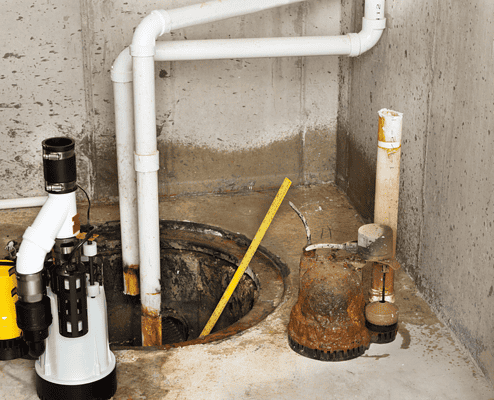
What Is a Sump Pump & Why Do I Need One?
Is it ever your friends or neighbors mentioning their downpour sump pump? It can be said that they'd be ankle-deep in water — and water damage repair bills up to their necks, if this was not the case. Learn more here about pumps to help you…

Is a Water Softener Necessary? 7 Warning Signs of Hard Water
If your sinks are stained and your skin is dry and itchy, you may have a problem with hard water. If so, a softener may be necessary. Water softening systems will improve the lifetime and budget of your clothing and pipes. Using a sodium or…
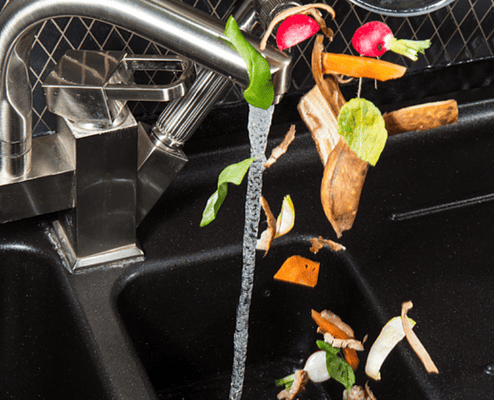
How to Install Garbage Disposal?
There are some things that help you to maintain your garbage disposal like Keep the disposal of your waste clean. Pour a little dish of soap into it, and let the waste disposal run after washing dishes for a minute or two with cold water.
Make…
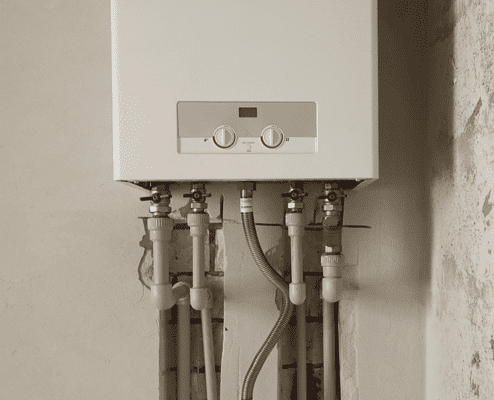
Things to Consider for a Heat Pump Water Heater Installation
Chances are, as long as this is working, you don't spend much time worrying about your heater. However, if your water heater stops in a chilly bathtub at the end of its 10-15 year duration. Worse, the heater tank has rusted into a soggy mess…
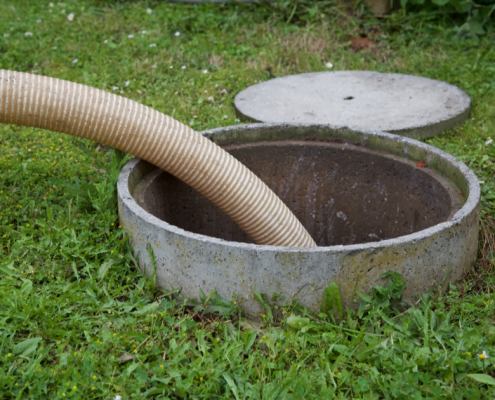
How Do French Drains Work & How To Maintain Them?
What is the French drain cleaning? Do you have to construct one? How do they function precisely? See this article for details. We address some of the most often asked questions and help you gain a better picture of what a French drain is and…

SEWER LINE INSTALLATION: SIGN YOUR SEWER LINE NEEDS REPAIRS
A broken sewer line installation is the major source of sewage backups. You may not always recognize that you have an issue on your hands, yet it is avoidable.
Here are some indicative indicators of the time to plan for an appointment to…
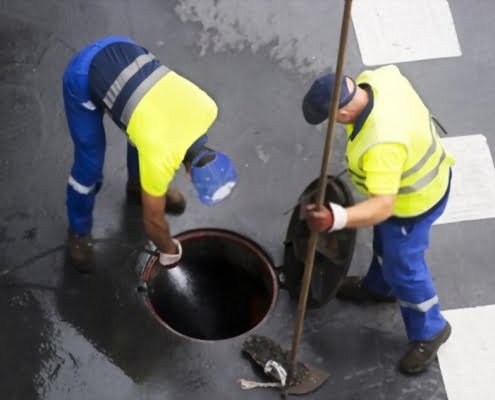
MAINLINE VS DRAINLINE – WHAT’S THE DIFFERENCE?
When you hear the words main line and drain line, are you confused? Aren't they the same thing? Plumbers are always being asked this question by puzzled clients, and why would you be confused to make sense. It is time to straighten the record.…
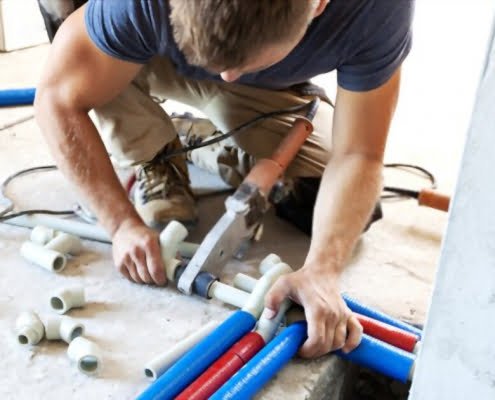
REPIPING A HOUSE – EVERYTHING YOU SHOULD KNOW
Homeowners will always confront problems with plumbing. It is unavoidable. But sometimes it's not enough to have a simple repair—you have to repipe a house. A full house repipe seems like an enormous project, but you must not be bullied. In…
